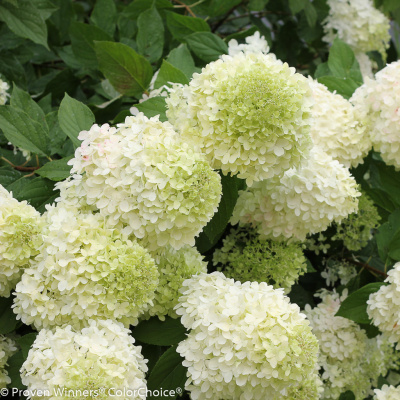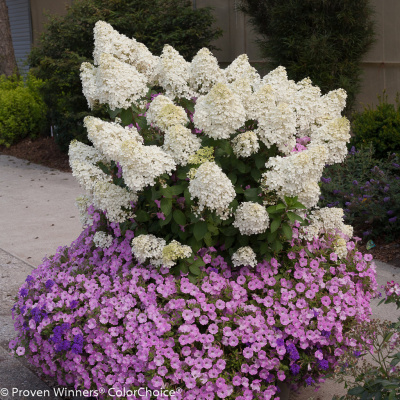Description
 Viburnum lentago
Viburnum lentago
Viburnum lentago, commonly called nannyberry, is a large, upright, multi-stemmed, suckering, deciduous shrub which typically grows to 10-18′ tall with a spread of 6-12′, but may also be grown as a small, single trunk tree which may reach a height of 30′. Non-fragrant white flowers in flat-topped cymes (to 4.5″ diameter) appear in spring. Flowers give way in autumn to blue-black, berry-like drupes which often persist into winter and are quite attractive to birds and wildlife. Ovate, finely toothed, glossy dark green leaves (to 4″ long) are abruptly long-pointed. Variable fall color ranges from drab greenish-yellow to reddish-purple. Although widespread in eastern North America, this plant is only known to exist in Missouri in low woods and wooded slopes in Schuyler County. Fruits are edible and may be eaten off the bush when ripe or used in jams and jellies.
Common Name: nannyberry viburnum
Type: Deciduous shrub
Family: Adoxaceae
Native Range: Eastern North America
Zone: 2 to 8
Height: 14.00 to 16.00 feet
Spread: 6.00 to 12.00 feet
Bloom Time: May
Bloom Description: White
Sun: Full sun to part shade
Water: Medium
Maintenance: Low
Suggested Use: Hedge
Flower: Showy
Attracts: Birds, Butterflies
Fruit: Showy, Edible
Tolerate: Air Pollution



Reviews
There are no reviews yet.